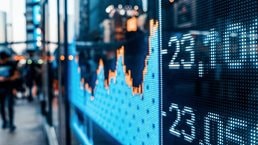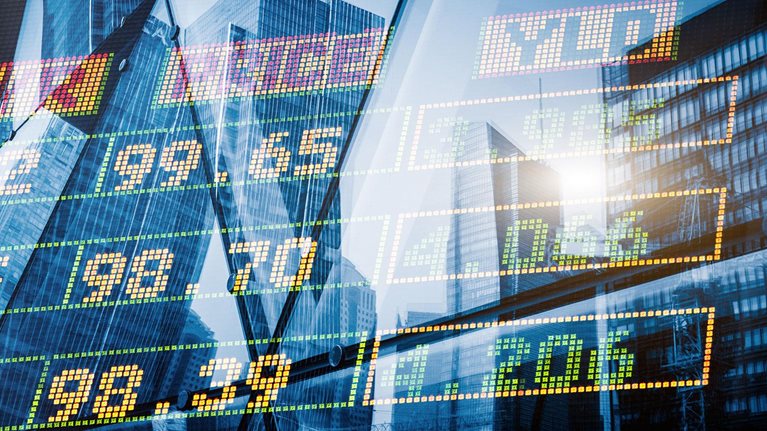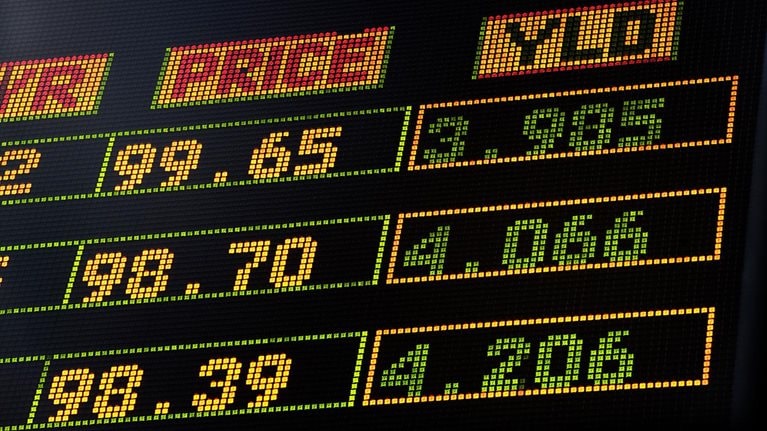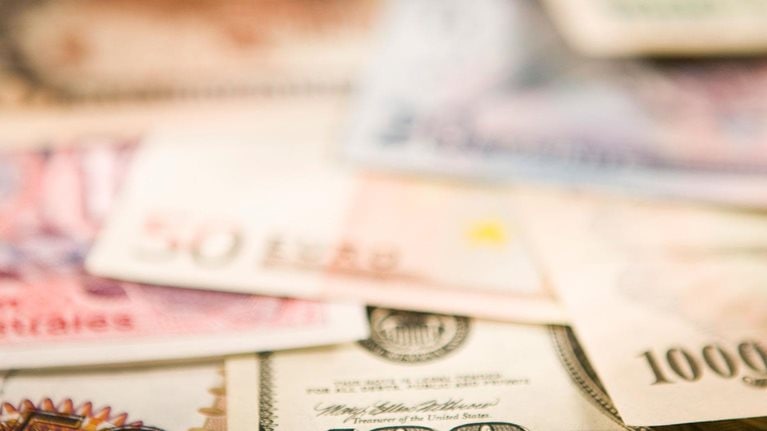Although the US housing market had begun showing cracks by 2007, after a heady run-up in prices across the country, it still came as a shock when venerable Lehman Brothers went under in September 2008. Few people imagined how events would snowball from there, as credit markets worldwide seized up and set off the first global recession since World War II.
Stay current on your favorite topics
A decade later, we’ve come a long way on the road to recovery: the United States has experienced a record-setting bull market, and unemployment is at its lowest level in years. And while Europe has not enjoyed such a boom, much of it has been able to turn the page on one of the toughest economic decades in its postwar history.
But as financial markets gyrate, it’s natural to wonder if we left the door open for history to repeat itself. McKinsey Global Institute research reveals a mixed picture: In many ways, the global financial system is more resilient today. But some risks remain.
Debt and (not much) deleveraging
The 2008 global financial crisis was rooted in high levels of debt. As the Great Recession receded, many expected to see a wave of deleveraging. But it never came. Confounding expectations, the combined global debt of governments, nonfinancial corporations, and households has grown by $72 trillion since the end of 2007.
Having slogged through a painful period of repayment, foreclosures, and tighter standards for new lending, US households have reduced their debt by 19 percentage points of GDP over the past decade, though a sharp rise in student loans and auto loans is worrisome. Household debt is similarly down in the European countries at the core of the crisis, including Spain and Ireland. But it’s substantially higher than it was a decade ago as a share of GDP in places such as Australia, Canada, Switzerland, and South Korea—countries that have also seen strong increases in house prices.
Governments around the world have added $41 trillion in debt in the past decade. Those in advanced economies have borrowed heavily, setting the stage for pitched battles over spending priorities well into the future (exhibit).

An extended period of historically low interest rates has enabled companies around the world to take on cheap debt. Global nonfinancial corporate debt, including bonds and loans, has more than doubled over the past decade. In a departure from the past, two-thirds of the growth in corporate debt has come from developing countries. From 2007 to 2017, Chinese companies alone added $15 trillion in debt—and roughly a third of it is related to the booming construction and real-estate sectors.
In fact, China is the biggest driver of growth in global debt. The combined debt of its government, corporate, and household sectors has increased by more than five times over the past decade, soaring from 145 to 256 percent of GDP.
Stabilizing factors
Despite those trends, the global financial system is more stable today. Central banks, regulators, and policy makers took extraordinary measures after the 2008 crisis—and, for the most part, they worked. Major banks now hold bigger capital buffers and more liquid assets, and the largest global institutions have scaled back their proprietary trading activities.
One of the biggest changes in the financial landscape is sharply curtailed international financing. Since 2007, gross cross-border capital flows (including foreign lending, foreign purchases of equities and bonds, and foreign direct investment) have fallen by half in absolute terms. A great share of those flows now consists of foreign direct investment—and because this reflects companies’ long-term plans for building their businesses internationally, it is far less volatile than short-term bank lending. With less money sloshing across borders, the risk of a 2008-style crisis ricocheting around the world has been reduced.
Future flashpoints?
While regulators and policy makers successfully fought the last battle, it’s hard to know what the next front will be. There are some clear areas to watch.
The growth of corporate debt in developing countries is concerning, particularly if that debt is denominated in foreign currencies (as is the case in Turkey). MGI estimates that one-quarter of corporate issuers in emerging markets are at risk of default today—and that share could rise to 40 percent if interest rates rise by 200 basis points. As the corporate bond market has grown, credit quality has declined. Housing prices have soared to new heights in sought-after property markets from San Francisco to Sydney to Shanghai, although these run-ups tend to be localized. And while China is currently managing its debt burden, the combination of an overextended property sector and the unsustainable finances of local governments could eventually combust.

A decade after the global financial crisis: What has (and hasn’t) changed?
The good news is that even if the world’s current pockets of debt became distressed, they are less likely to cause the same kind of global domino effect we witnessed a decade ago. The trillions of dollars of collateralized debt obligations, privately created asset-backed securities, and credit default swaps riding on shaky US subprime mortgages have all but evaporated (although the growth of the collateralized-loan-obligation market is an exception to this trend). The years ahead may bring losses in specific corners of the global financial system, such as the bond market.
These losses would cause real pain for a set of investors and lenders but probably not another full-scale global meltdown.
But if history has taught us anything, it’s that we can never know for sure just how widely a crisis will spread. As our collective memories of 2008 fade, the biggest danger may be complacency. The next crisis probably won’t look like the last one. If the white-knuckle ride of a decade ago taught us anything, it’s the importance of being vigilant when times are still good.


